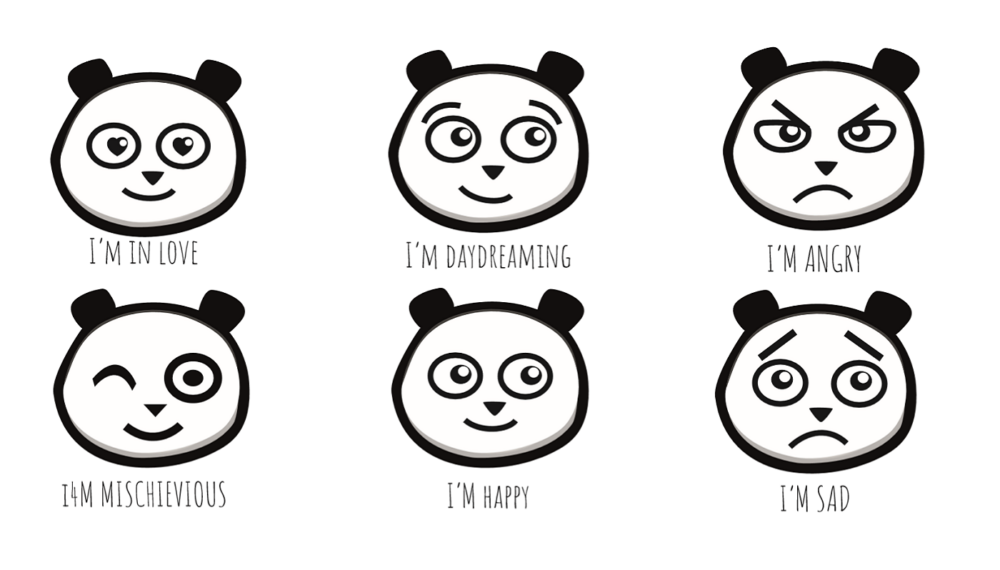Teaching emotions to preschoolers with panda moods

Laurence, a preschool director, uses the moods included in ONE to teach children how to name and identify their emotions. This unique approach helps teachers show children how to express their feelings and engage in dialog.
Laurence has been using ONE for the past four years. She decided to use a panda, which her preschool kids are all very familiar with, to talk about emotions. “In the beginning, we used ONE on the board—to answer emails, for example. We would ask a child to sign in, and he or she would update their mood during their session,” says the director. “Students are used to changing their moods on ONE. Oftentimes, that’s how we find out they’ve logged into the VLE. They change their mood, and I receive a notification. That’s how the idea started,” she explains.
Expressing emotion and starting a discussion
Instead of introducing a new tool, Laurence opted to use the iconic panda on ONE, which both the students and their parents enjoyed and recognized. During their morning routine, where each child moves a label with their first name while taking attendance, the students can also share their moods. “I printed out panda faces. In the morning, when they move their label, they can also choose their mood and place it next to their name,” explains Laurence. “This technique lets me know how they are doing when they come to school and whether they are upset or not having a good day. I can then strike up a conversation with them about how they feel. They can also change their mood throughout the day if they want. Of course, some kids stop updating their mood because they are always happy!”

If you want to start using Laurence’s routine, start with a lesson in which you introduce the students to the emotion labels and encourage them to name and describe each one. You can also ask them about the types of situations in which they would feel each emotion. Finally, you can talk about an emotion’s intensity and broaden the children’s vocabulary using synonyms by offering a wide range of moods or by coloring them with more intense hues (e.g. upset, angry, and furious).
comments
Add comment